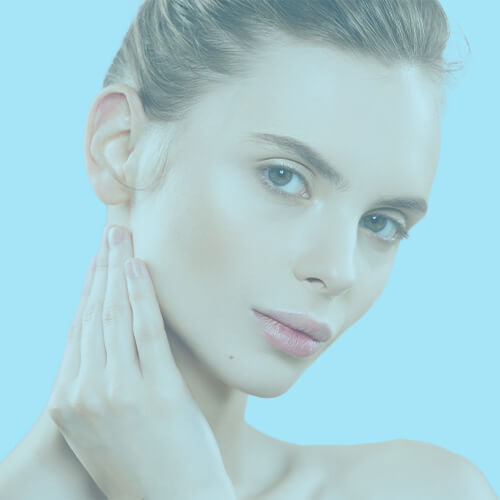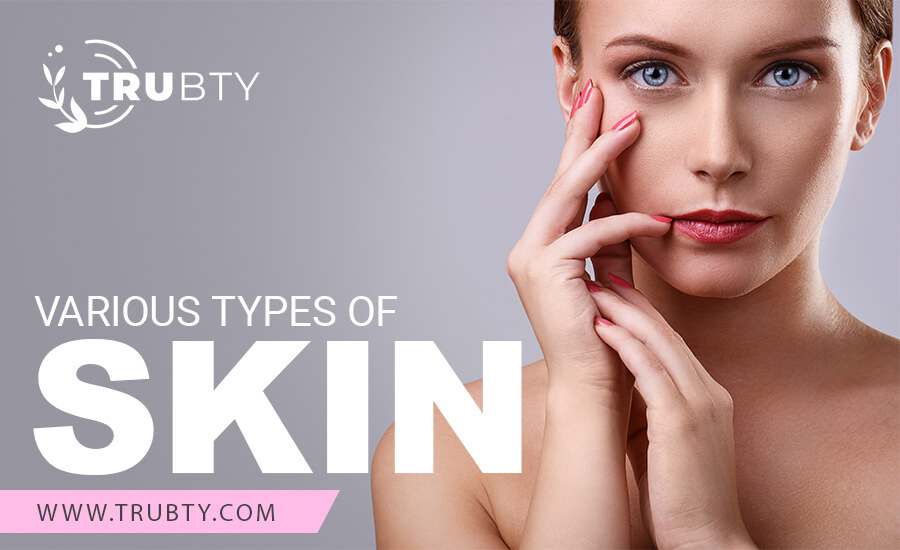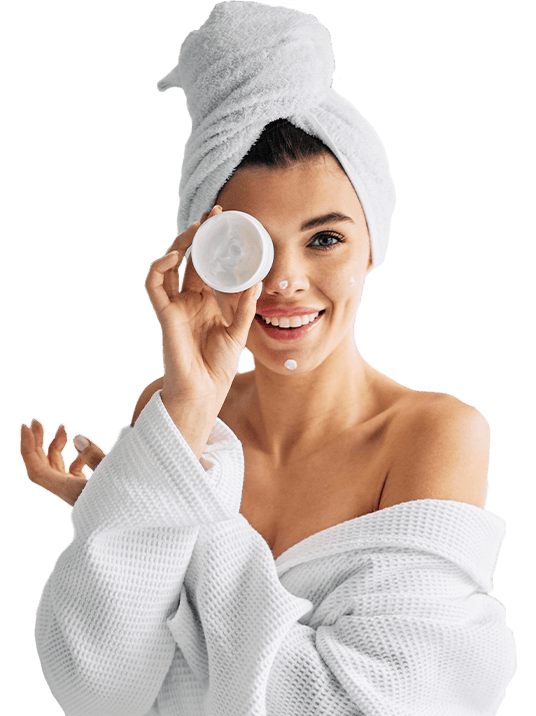How to choose the perfect cosmetic for your skin type?
Recognizing your own skin type is crucial for good skin care. Each of us has a different complexion, different needs related to it and also different expectations. Knowing your skin allows you to choose the best cosmetics and apply them according to its needs. The type of skin depends not only on genes, but also on lifestyle, care, diet and other factors.
To take good care of your skin, you should pay attention to it. To determine your skin type, wash your face with a mild cleanser, dry it with a towel and observe how your skin looks and feels right after washing, 15 minutes after washing, 1 hour after washing. Do not apply any cosmetics. watch it! Normal skin at any time after washing is tense and firm but not itchy. Dry skin will feel taut immediately after washing. After an hour, it also starts to sting and itch. Oily skin is slightly matte right after washing, but after an hour it becomes shiny due to excess sebum. Combination skin is smooth and shiny immediately after washing, after some time it shines strongly in the T zone, but the cheeks are dry and itchy.
Also pay attention to how your skin behaves when introducing new cosmetics, how it reacts to changes in temperature or water.
At Trubty we don’t say, “we fix the skin”. At Trubty, we try to support this skin!
Skin Types
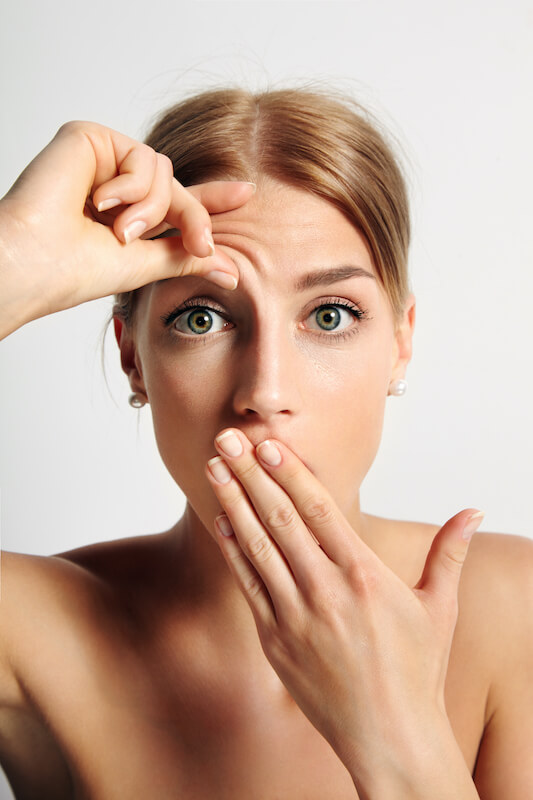
1. DRY SKIN
It is skin with fewer sebaceous glands than it should. Because they produce less sebum, i.e. moisturizing fats, it does not have good protection against external factors. This causes excessive water loss and skin dryness. Dry skin is usually dehydrated and reacts poorly to water. Note: we can contribute to dry skin ourselves through insufficient hydration and poor care!
Characteristics:
- drawn and baked
- rough and crusty
- flakes off on the sides
- sensitive to chemicals, allergens and bacteria
- tends to age prematurely
- efflorescence almost does not appear
Avoid:
- drying soaps
- alcohol tonics
- matting creams
- rubbing the face with cotton pads
Remember about :
- regular use of nourishing and greasing creams
- oil your face
- apply masks and serums
Search for:
- glycerin
- hyaluronic acid
- oils: almond, evening primrose, avocado
- squalane
- bakuchiol
- vitamins: E, C
2. OILY SKIN
This skin type has too many oil-producing sebaceous glands. Excess lipids clog the glands, which leads to the formation of blackheads and pimples. These problems mainly concern young people, because the overproduction of sebum slows down with age. The good news is that oily skin ages more slowly.
Many people with oily skin avoid using any creams at all costs. However, this is a mistake because every skin needs hydration. The skin, defending itself against moisture loss, produces even more sebum and the circle closes.
Characteristics:
- shiny in the T-zone
- enlarged pores and blackheads
- earthy color
Avoid:
- preparations with alcohol that dry the skin too much
- fat creams and oils
- frequent peelings
Remember about :
- gentle cleansing
- moisturizing (!)
- regulating the secretion of sebum
Search for:
- niacinamide
- hyaluronic acid
- hydrolates
- non-alcoholic tonic
- clays
- tea and white willow extracts

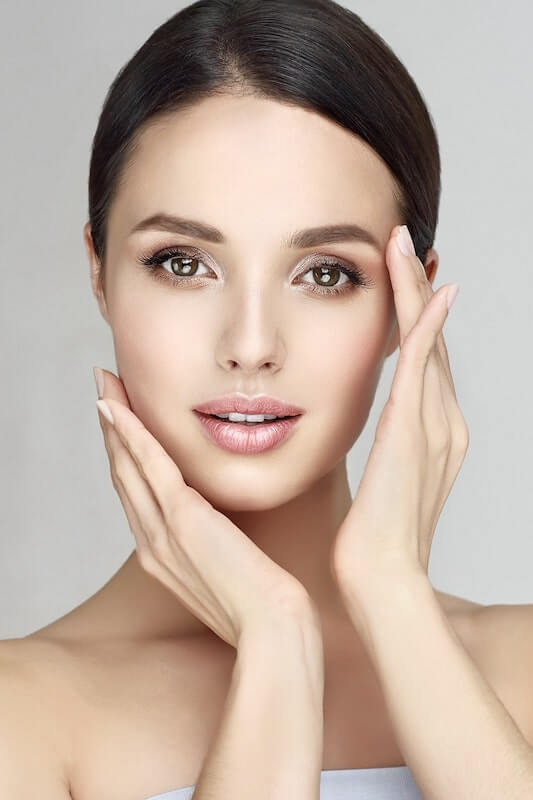
3. SENSITIVE / CAPILLARY SKIN
reacts very quickly to changes in temperature, mood and cosmetics. It is often irritated by cosmetics and substances used in skin care. After washing with water, it is tight and reddened. For its care, you should use creams specially dedicated to sensitive skin. And don't change them too often!
Characteristics:
- sensitive to cosmetics
- pulled and strained
- erythema or swelling
- visible blood vessels
Remember about :
- humidification
- gentle make-up removal
- reconstruction of the epidermal barrier
- soothing masks
Search for:
- glycerin
- hyaluronic acid
- raspberry oil, avocado, perilla
- licorice
- basil
- marine algae
4. COMBINATION SKIN
it usually appears in people over 20 years of age and keeps the sebaceous glands active. Greasing applies only to the so-called T zones: nose, forehead and chin. Other areas tend to be normal to dry.
It may arise due to water and lipid disturbances on the surface of the epidermis. It is difficult to care for, because it usually requires separate preparations for different parts of the skin.
Characteristics:
- glowing forehead, nose and chin
- dry sides of the face
- blackheads in the T-zone
Remember about :
- Refreshing the face
- moisturizing
- clay masks
- Regeneration of dry parts
Search for:
- Squalane
- hyaluronic acid
- raspberry oil, perilla
- Peptides
- Red and green algae
- Asian basil
- Rice extracts
- White and green clay
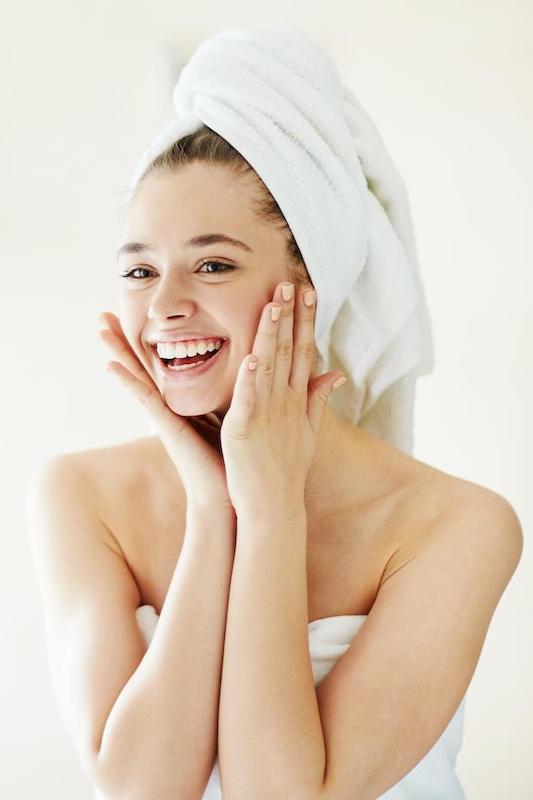
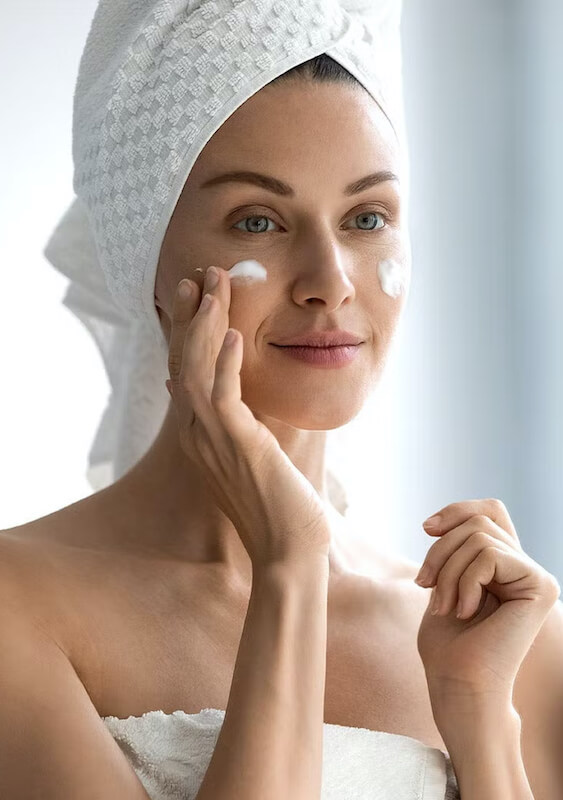
5. NORMAL SKIN
It mainly affects children and is quite rare among adults. It's skin without any major problems. Normal skin is smooth to the touch, slightly matte and firm. It also has a uniform color.
This type of skin is neither dry nor oily. Therefore, such skin does not cause a feeling of tightness or burning. Redness and efflorescence rarely appear on it. Owners of normal skin do not have major problems with it, as it is the least demanding of all complexions. Well-chosen care allows you to keep your skin normal for a long time.
Characteristics:
- smooth to the touch
- tense and firm
- well moisturized
- no dryness or greasiness
Remember about :
- thorough make-up removal
- good moisturizing
Search for:
- hyaluronic acid
- Vitamins C and E
- Peptides
- marine algae
- Sea buckthorn oil
- Raspberry oil
6. ACNE SKIN
It often affects young people whose skin produces excess sebum. The pores of the skin become clogged and the accumulated fat has no outlet. This leads to the formation of pimples. They often turn into irritating eruptions and are very difficult to treat. This type of skin also happens to adults.
A very common mistake in skin care is using too strong and deep cleansing preparations that dry the skin. Dry skin produces even more sebum, which is counterproductive. Another mistake is squeezing pimples and pustules, which exacerbates inflammation and more imperfections appear.
Characteristics:
- glowing
- there are blemishes, pustules and enlarged pores
- chronic purulent changes
Remember about :
- careful cleaning
- do peeling 2 times a week (if you don’t see inflamed spots)
- moisturizing the skin
Search for:
- hyaluronic acid
- Squalane
- Niacinamide
- Bakuchiol
- Squalane
- Asian pennywort
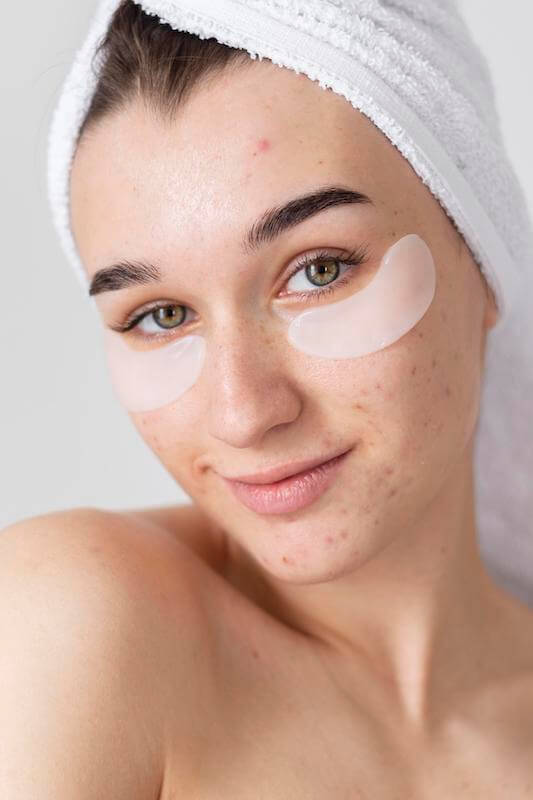
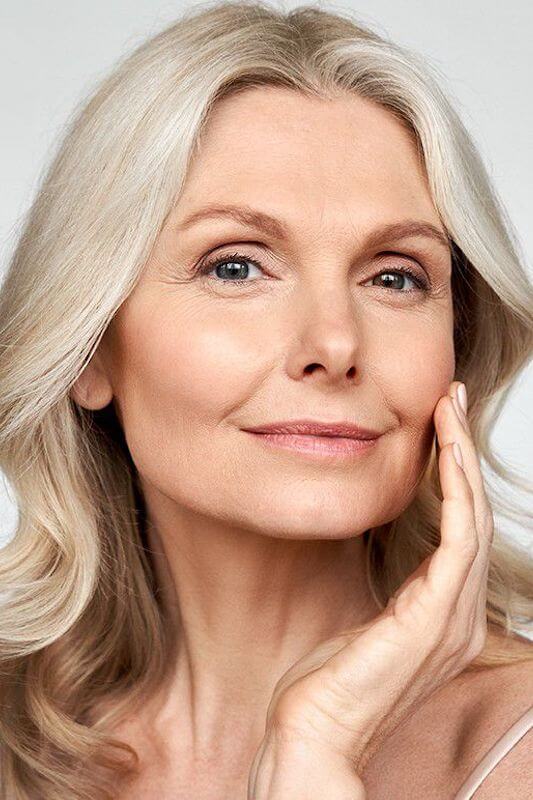
7. MATURE SKIN
It is a condition, not a skin type, and it develops in everyone over time. After the age of 30, the aging process of the skin suddenly accelerates. The support fibers of the skin: collagen and elastin - become less elastic, and a smaller amount of hyaluronic acid contributes to the drying of the skin and its lower elasticity.
Characteristics:
- lack of firmness and elasticity
- visible wrinkles
- drooping corners
- discoloration
- dry, flaccid and thin
Remember about :
- regular peeling
- moisturizing and regenerating
- antioxidant effect
- be sure to use an eye cream
- put on masks
Search for:
- hyaluronic acid, Argireline
- peptides
- vitamin C
- bakuchiol,
- probiotics
- pumpkin, raspberry, evening primrose oil



